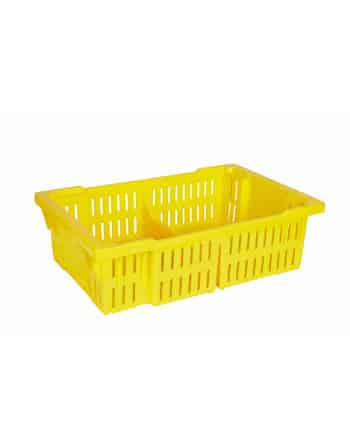
Berry Food Safety Scrutiny
From: www.foodsafetynews.com
It’s berry season. Time for some chlorine.
No, we’re not talking about chlorine as in sunglasses and swimming pools but rather chlorine as in berry farmers and irrigation water.
And while the juxtaposition of swimming and irrigation water may at first seem far-fetched, the generally accepted food safety standard for irrigation water for crops such as berries that are eaten raw is based on the federal Environmental Protection Agency’s water-quality standard for recreational swimming water.
That standard, which is directed at recreational waters such as beaches, rivers and lakes, is calculated on full-body contact at swimming areas impacted by human sewage.
Until the federal government comes up with an actual standard for irrigation water–as is expected to happen during the rulemaking following the passage of food safety legislation now before Congress–the industry is using the EPA standard as a starting point, according to the report, “Standards for Irrigation and Foliar Contact Water (pdf),” by Trevor Suslow, Extension research specialist in post-harvest quality and safety, at the University of California, Davis.
Complying with the EPA standard is still voluntary, although growers who want to gain certification under Good Agricultural Practices (GAPs) must show that their irrigation water is free from pathogens that could get people sick. For the most part, distributors selling to retail grocery chains require GAP certification.
For consumers, this added scrutiny on irrigation water is good news because it represents yet another example of how seriously growers, packers, and retailers are taking the need to have food safety practices in place–starting at the farm and extending all of the way up to where the food is ultimately purchased by the consumer.

